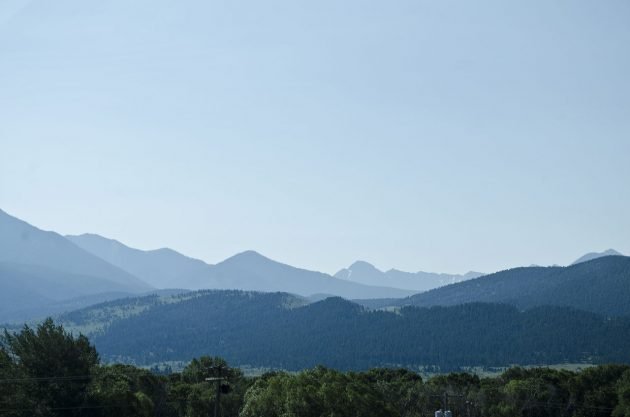
Custer Gallatin National Forest
In the valley of the Yellowstone and Boulder Rivers, snuggled up against Rocky Mountain ranges, sits the little western town of Big Timber, Montana. I ‘found’ this jewel on a paper road atlas many years ago. Just south of town is the Custer Gallatin National Forest; one of the largest intact ecosystems in the contiguous U.S., at 3.1 million acres.
At the time, I already had a dual Yellowstone NP and Grand Teton NP trip planned. So why not detour north and see if Big Timber, Sweet Grass County was the western wilderness it sounded like in the names?
Well, the 1,800+ square-mile county still has the cottonwood monsters that Lewis and Clark laid eyes on over 200 years ago. The highest mountain in Montana, Granite Peak at 12,799 feet, is just south in the Absaroka Mountain Range. And, there are 300+ species of birds in this breathtaking region of the northern Rockies.
What surprised me was the availability of birds, birds, birds on the ground – a cure for that chronic birding condition that I call ‘binocular neck.’
All of the neck-strain-free birds below breed in Montana.
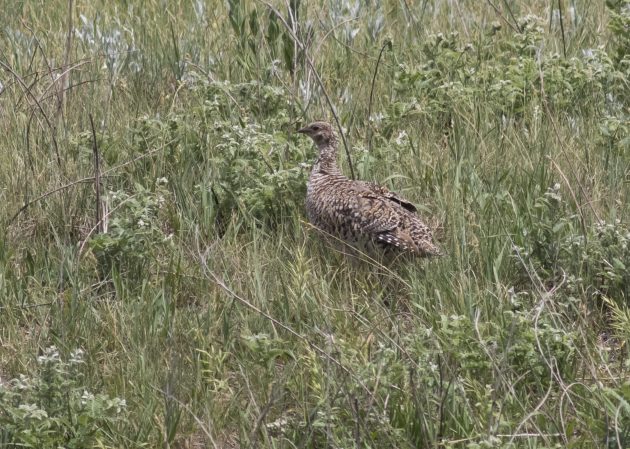 Sharp-tailed Grouse. Photo by © Michael Todd
Sharp-tailed Grouse. Photo by © Michael Todd
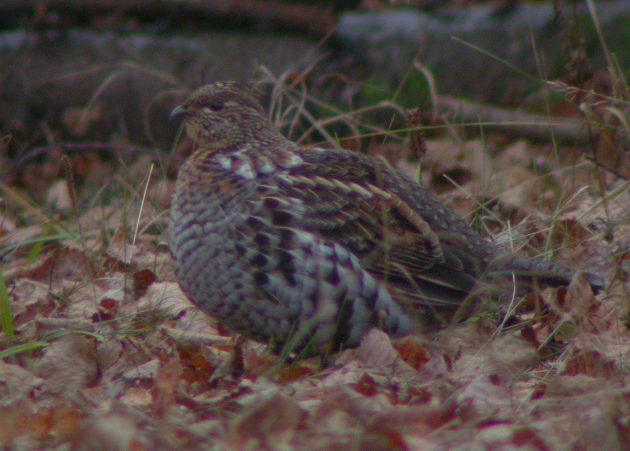 Ruffed Grouse. Photo by © Michael Todd
Ruffed Grouse. Photo by © Michael Todd
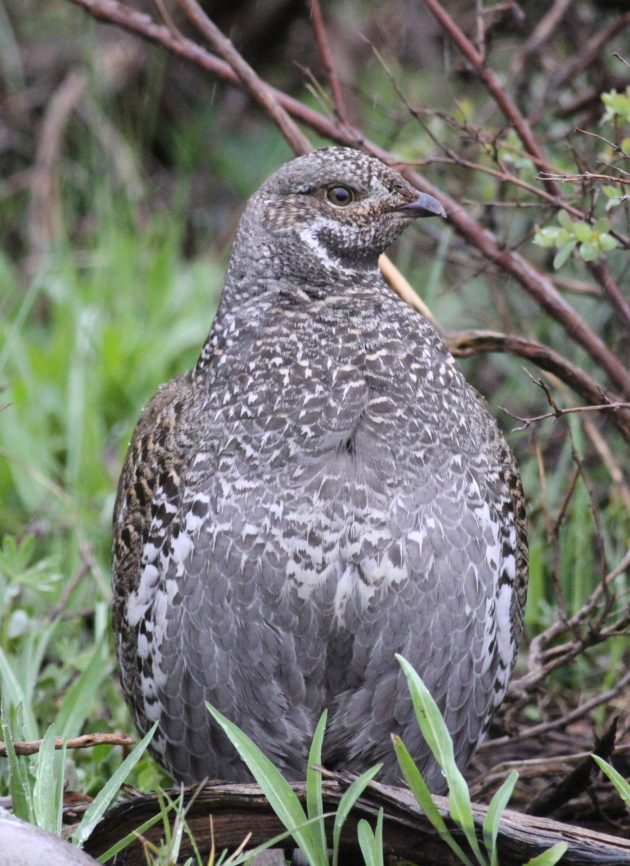 Dusky Grouse. Photo by © Michael Todd
Dusky Grouse. Photo by © Michael Todd
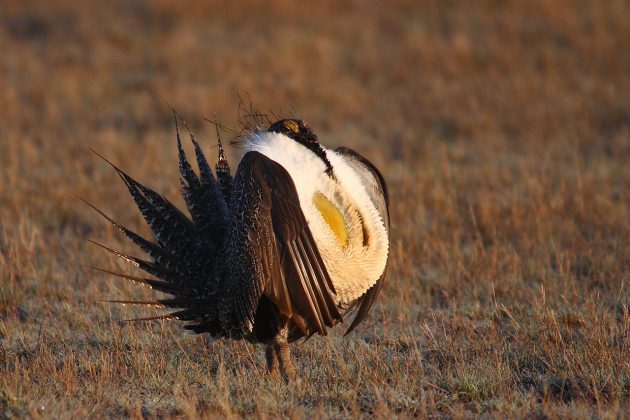 Sage Grouse. Photo by © Steve Fairbairn USFWS contest photo
Sage Grouse. Photo by © Steve Fairbairn USFWS contest photo
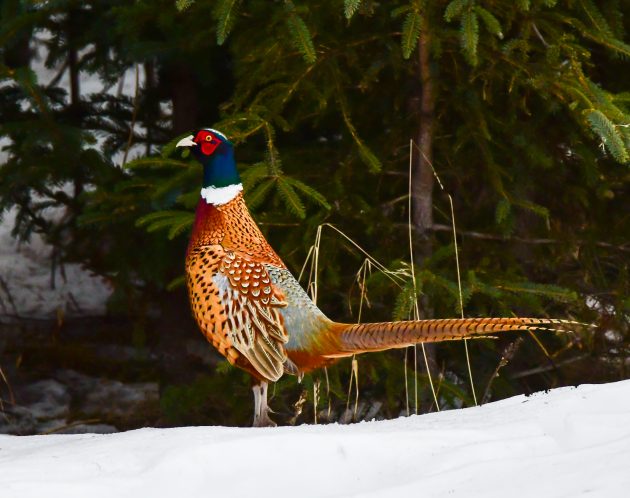 Ring-necked Pheasant. Photo by © Robin Edwards
Ring-necked Pheasant. Photo by © Robin Edwards
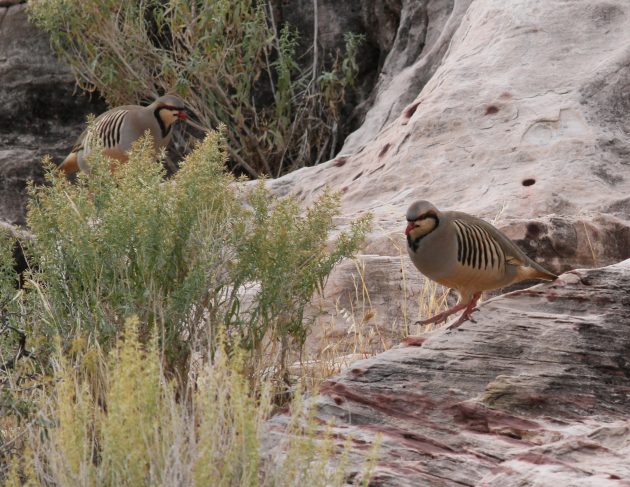 Chukars. Photo by © Michael Todd
Chukars. Photo by © Michael Todd
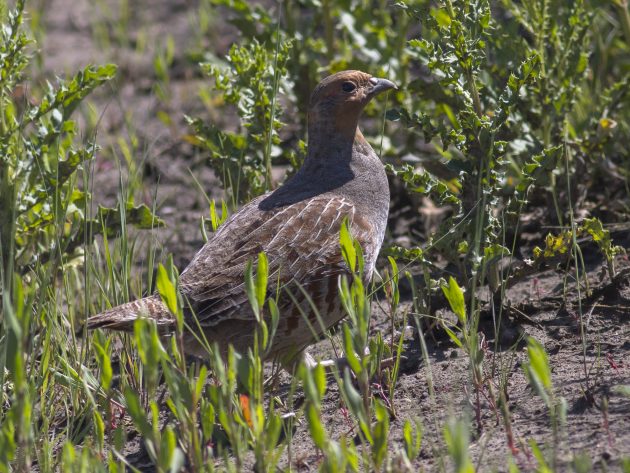 Gray Partridge. Photo by © Michael Todd
Gray Partridge. Photo by © Michael Todd
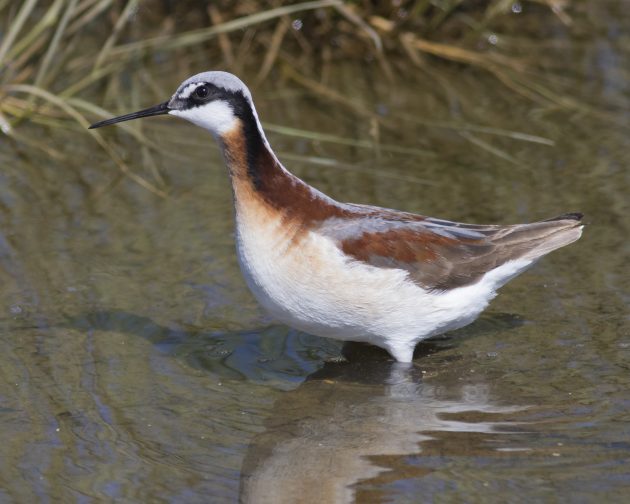 Wilson’s Phalarope. Photo by © Michael Todd
Wilson’s Phalarope. Photo by © Michael Todd
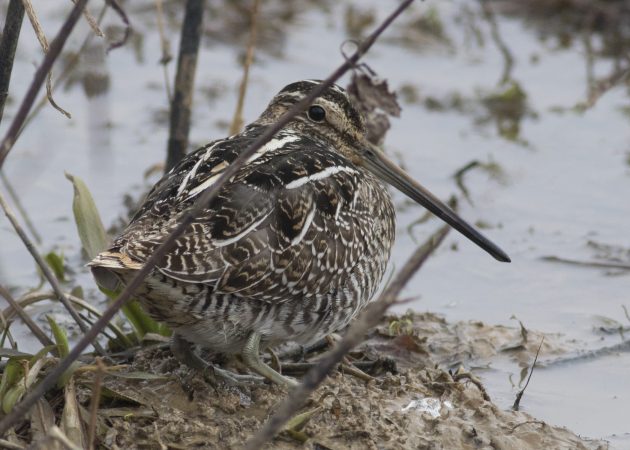 Wilson’s Snipe. Photo by © Michael Todd
Wilson’s Snipe. Photo by © Michael Todd
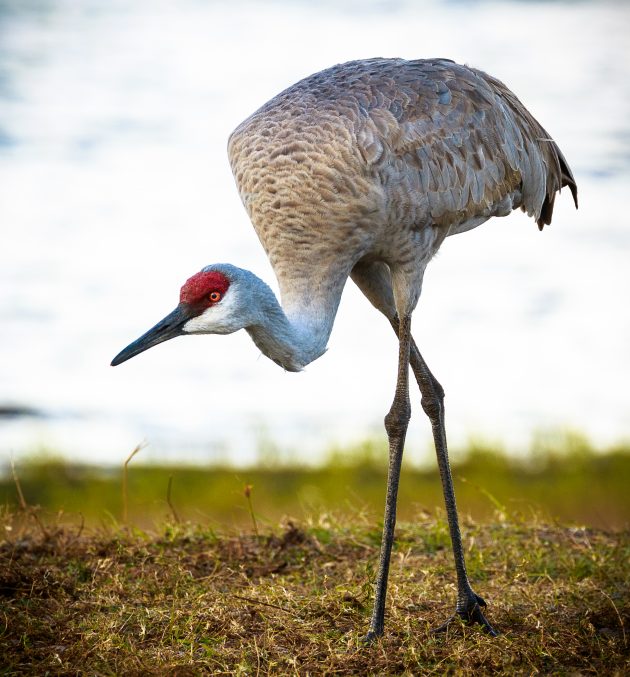 Sandhill Crane. Photo by © Mike Blevins
Sandhill Crane. Photo by © Mike Blevins
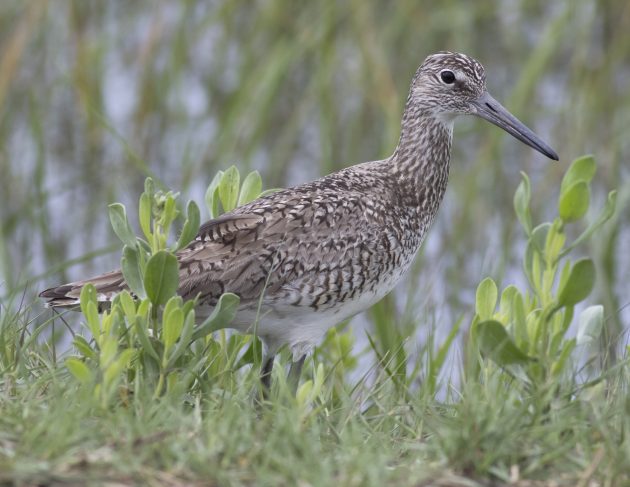 Willet. Photo by © Michael Todd
Willet. Photo by © Michael Todd
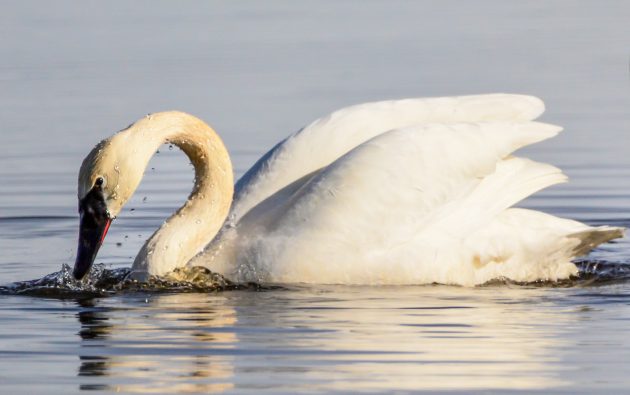 Trumpeter Swan. Photo by © Robin Edwards
Trumpeter Swan. Photo by © Robin Edwards
I saw my first swan on that first trip to the Rockies. I even remember what the lake, and sky, and weather was like on that day.
The Forest Service has a pretty nice checklist set, and a huge page of water birds in keeping with the binocular neck avoidance.
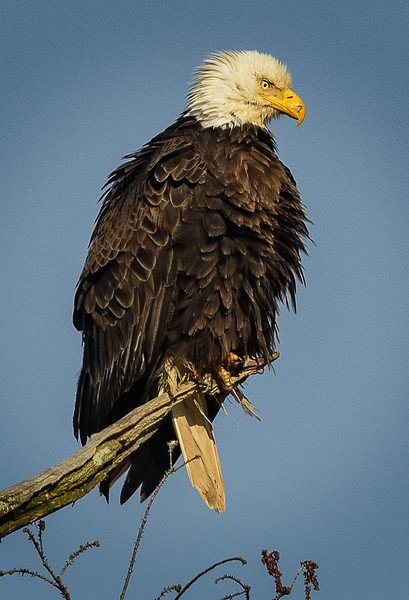 Bald Eagle. Photo by © Mike Blevins
Bald Eagle. Photo by © Mike Blevins
On a horseback ride into the mountains, I saw an off-season (unoccupied) eagle’s nest in a cave. This added to the whole birds of prey experience in Big Sky country. They are everywhere. So when your neck recovers, look up!
The Yellowstone District south of Big Timber is full of campgrounds, if you want to bird right next to the tent. Check in at the ranger stations, and do become cognizant of the major carnivores who call this beautiful land home. Ask how to ‘be bear aware,’ as they say.
In addition to the 300+ bird species, there are 1,300 species of flora, nearly 50 mammalian species, and eight species (and subspecies) of trout in the streams. Insider tip: Take some serious insect repellent. The mosquitoes and black flies are hungry in Montana.
I’ve visited many times in this little-known area of The West; and hope to soon return to Big Timber, Sweet Grass County, Montana.
Speak up for the Sage Grouse and the sagebrush sea of the west.
(Feature image: view south from Big Timber, MT. Photo by © Tim Evanson/Flickr)



 New writers welcome – please contact us for details.
New writers welcome – please contact us for details.

















Leave a Comment